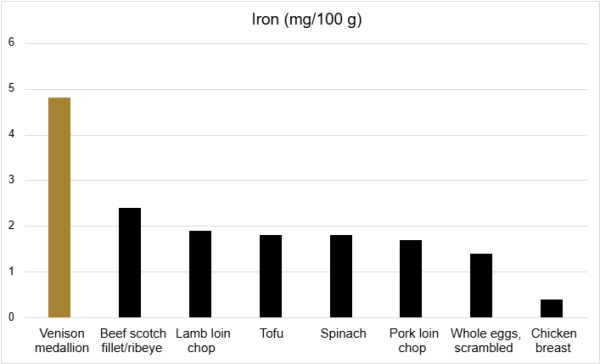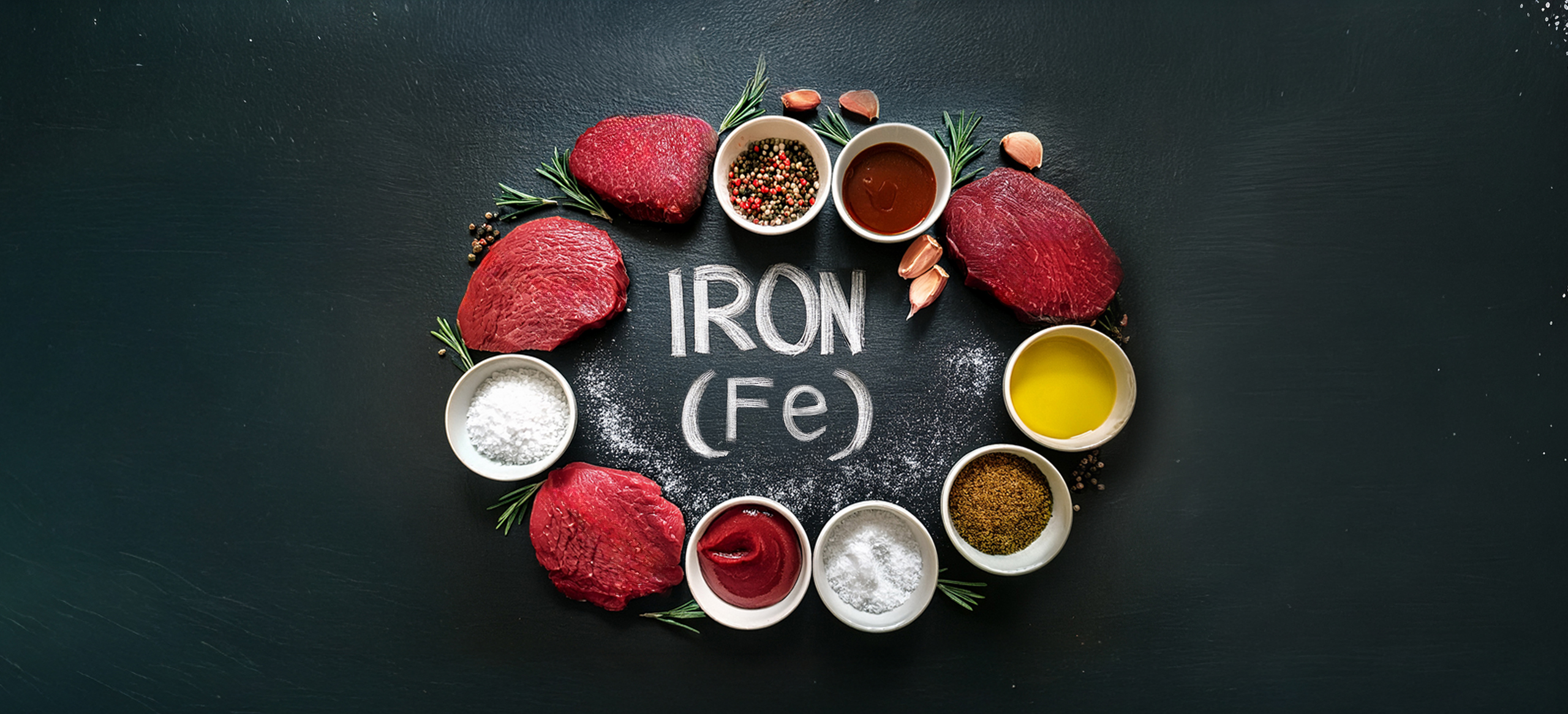Why the Human Body Needs Iron as Part of a Healthy Diet
Iron is a small but mighty mineral that plays a vital role in keeping the human body functioning at its best. While often overshadowed by macronutrients like protein or carbohydrates, iron is essential for energy, oxygen transport, and overall well-being. Without enough of it, the body struggles to perform basic tasks, leading to fatigue, weakened immunity, and impaired growth. Let’s explore why iron matters so much and how to include it as part of a healthy diet.
The Role of Iron in the Body
The most important job of iron is to help carry oxygen throughout the body. Iron is a core component of hemoglobin, a protein in red blood cells that binds oxygen in the lungs and delivers it to tissues and organs. It is also part of myoglobin, a protein that stores oxygen in muscles, ensuring they have the fuel needed for movement and endurance.
Beyond oxygen transport, iron is crucial for:
- Energy production: Iron is involved in enzymes that help release energy from nutrients. Without it, the body feels tired and sluggish.
- Brain function: Adequate iron supports neurotransmitter production, which influences mood, memory, and focus.
- Immune defense: White blood cells depend on iron to mount an effective response against infections.
- Growth and development: During periods of rapid growth, such as childhood, adolescence, and pregnancy, iron requirements increase significantly.
What Happens When You Don’t Get Enough Iron?
Iron deficiency is the most common nutritional deficiency worldwide. When iron intake doesn’t meet the body’s needs, iron stores become depleted, eventually leading to iron deficiency anemia.
Symptoms include:
- Persistent fatigue and weakness
- Pale skin and brittle nails
- Shortness of breath, even with mild exertion
- Headaches, dizziness, and difficulty concentrating
- Increased susceptibility to infections
Left untreated, iron deficiency can impair cognitive development in children, reduce work capacity in adults, and increase risks during pregnancy.
Dietary Sources of Iron
The body cannot make iron on its own, so it must come from food. There are two main forms of dietary iron:
1.Heme iron – Found in animal-based foods like red meat, poultry, and fish. It is absorbed efficiently by the body.
2.Non-heme iron – Found in plant-based foods such as beans, lentils, spinach, nuts, seeds, and fortified grains. It is less readily absorbed but still valuable, especially when combined with vitamin C-rich foods like citrus, berries, or tomatoes, which enhance absorption.

Source: The New Zealand Food Composition Database.
How Much Iron Do You Need?
The recommended daily intake of iron varies depending on age, sex, and life stage. According to most nutritional guidelines:
- Adult men need about 8 mg per day.
- Adult women of childbearing age need about 18 mg per day, due to menstrual blood loss.
- Pregnant women require up to 27 mg per day to support fetal development.
- Children and adolescents also need higher amounts to fuel rapid growth.
Because iron needs differ, it’s important to tailor intake to individual circumstances.
The Takeaway
Iron may be a trace mineral, but its impact on health is anything but small. From carrying oxygen and boosting energy to supporting immunity and brain function, iron is indispensable for daily life. Including a mix of iron-rich foods ensures that the body has enough to thrive. Pairing these foods with vitamin C sources further boosts absorption, making a balanced diet the best strategy for maintaining healthy iron levels. By giving attention to iron as part of a well-rounded diet, you can safeguard energy, focus, and vitality—key ingredients for a healthier life.

